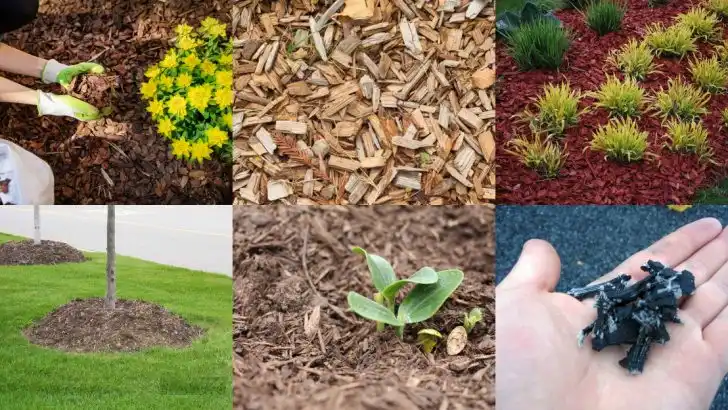Stop messing up your spring garden with mulch that does more harm than help! Picture your prized plants suffocating under a thick layer of mulch misapplied like a bad plastic blanket. The soil struggles to breathe, and your flowers, once lively, now droop in silent protest. Don’t let misguided mulching sabotage your garden’s future—it’s time to rethink your approach. Mulch should be your garden’s protector, keeping moisture in and weeds out. When piled too high or applied wrongly, it becomes a ruthless enemy, smothering roots and stifling growth. Your garden ends up gasping for air instead of bursting with life. Time to uncover the 13 mulching errors that turn a promising tool into a hidden disaster. Learn which techniques backfire and how to give your soil the fresh start it deserves. Reclaim your yard and let your garden sparkle under genuine care and natural balance. Transform your mulch method now!
Over-Mulching
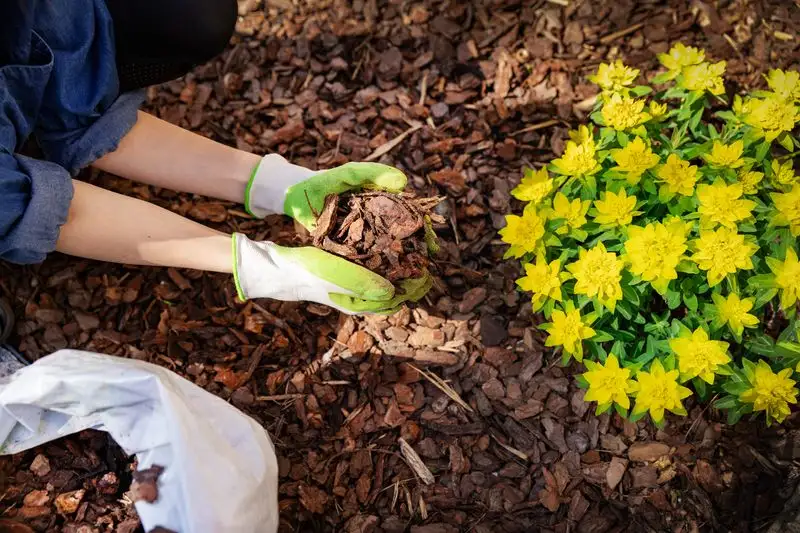
Too much of a good thing can spell trouble, especially when it comes to mulching. Piling up layers upon layers around plants may seem protective, yet it often hinders essential airflow and traps moisture. This suffocating environment can invite root rot and stunted growth.
Imagine plants gasping for breath, struggling under the weight of too much mulch. To prevent this, keep layers thin and ensure they are not packed too tightly. Less is often more when it comes to allowing your garden to flourish.
Using Fresh Wood Chips
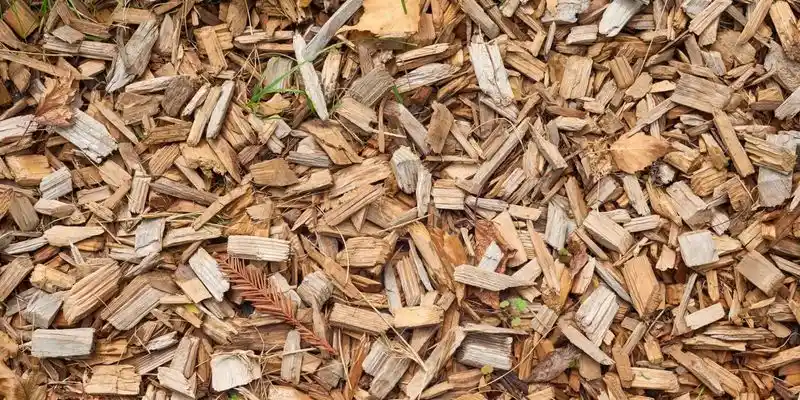
Fresh wood chips might look appealing, but they can pose hidden dangers. As they decompose, fresh chips absorb nitrogen from the soil, depriving plants of essential nutrients. This deficiency can lead to yellowing leaves and weak growth.
It’s like inviting a guest who eats all your food and leaves you hungry. Opt for aged or composted wood chips instead. They enrich the soil without robbing plants of what they need to thrive.
Neglecting Mulch Depth
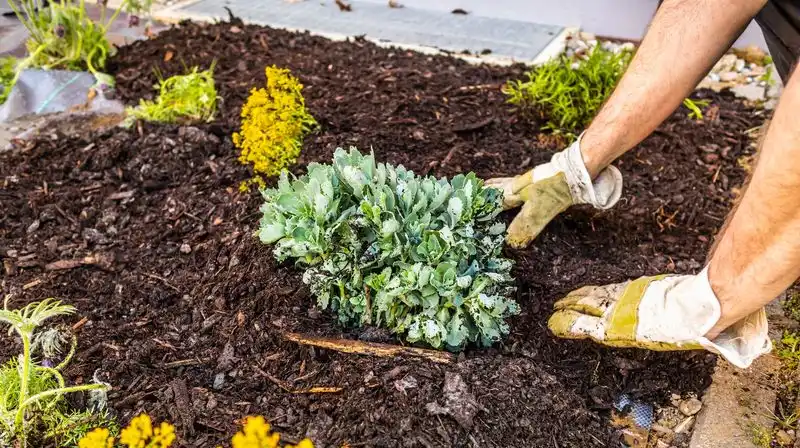
Inconsistent mulch depth can create a patchwork of issues. Too thin in some areas, it fails to protect against weeds or temperature swings. Too thick, and it suffocates plants.
Think of it as wearing mismatched clothing for the weather. Consistency is key to providing balanced protection for your garden.
Mulching Against Tree Trunks
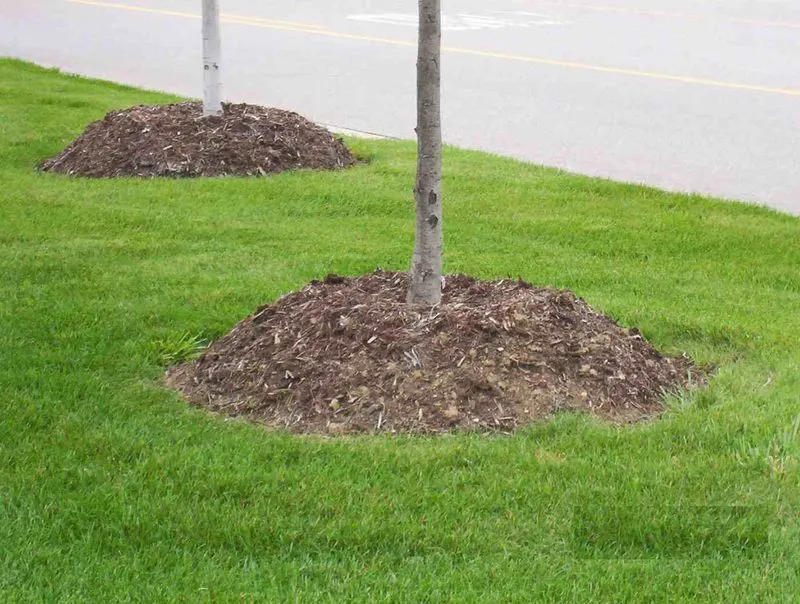
Mulching right against tree trunks might seem like a cozy fit, but it can lead to rot and invite pests. This practice creates a moist environment perfect for decay.
Imagine wearing a wet scarf all day—it’s bound to cause trouble. Leave space around trunks to breathe and prevent these hidden hazards from taking root.
Ignoring Soil Needs
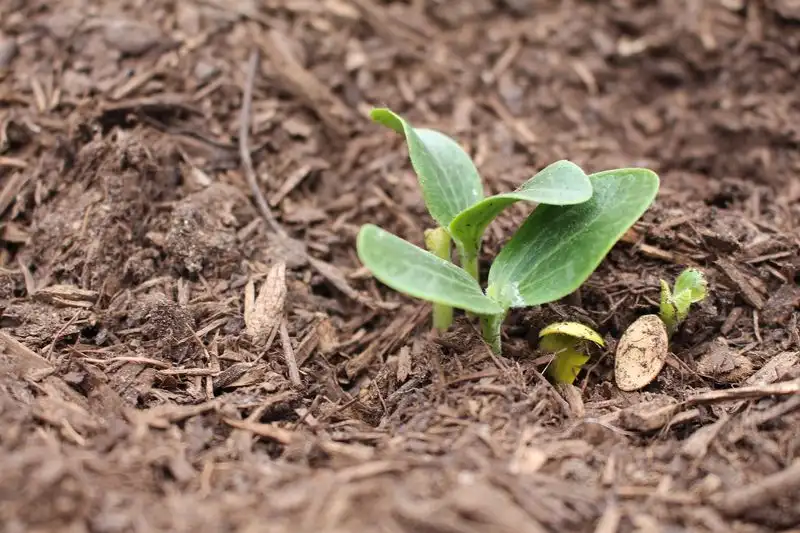
Just as different shoes suit different occasions, not all mulch fits every soil type. Ignoring soil needs can hinder the effectiveness of mulching.
Consider the unique characteristics of your soil before spreading mulch. Matching mulch type to soil ensures it complements rather than clashing with your garden’s natural rhythm.
Using Non-Biodegradable Mulch
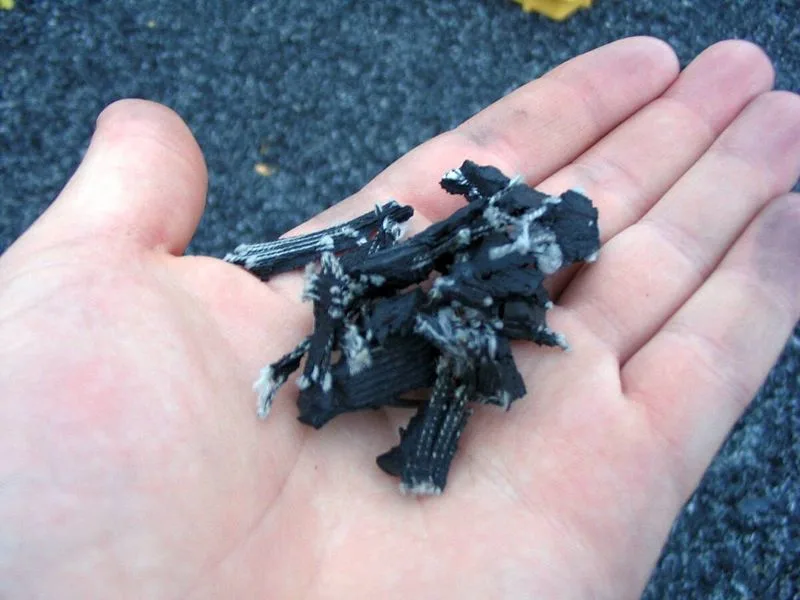
Non-biodegradable mulches like rubber may seem durable, but they pose risks to soil health. Over time, they break down into harmful chemicals, affecting both plants and soil organisms.
Picture a lasting mess that never quite goes away. Opt for biodegradable options that enrich instead of degrade your garden’s environment.
Applying Mulch at Wrong Time
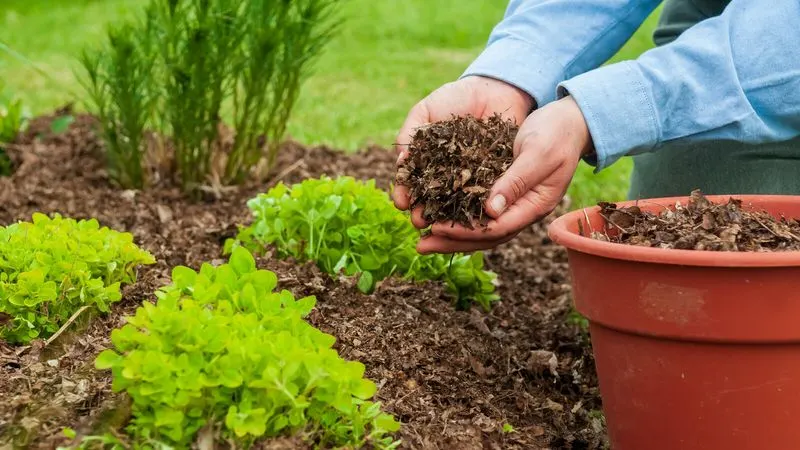
Timing is everything in gardening, and mulching is no exception. Applying mulch too early or too late can disrupt soil temperature and moisture balance, leading to plant stress.
It’s akin to wearing a winter coat in summer. Pay attention to seasonal cues to determine the perfect mulching moment.
Using Contaminated Mulch
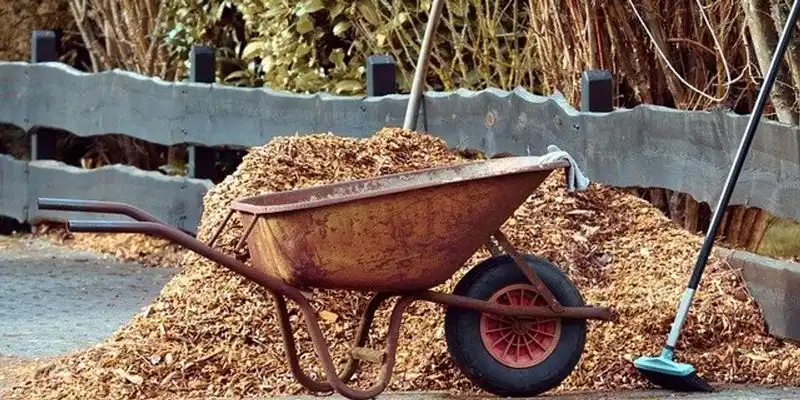
Contaminated mulch can be a garden’s worst enemy, introducing weeds, pests, or diseases that wreak havoc. It’s like inviting unwanted guests to a party.
Ensure mulch is clean and sourced from reputable suppliers. This way, your garden remains a sanctuary, free from unwelcome intrusions.
Ignoring Native Plants
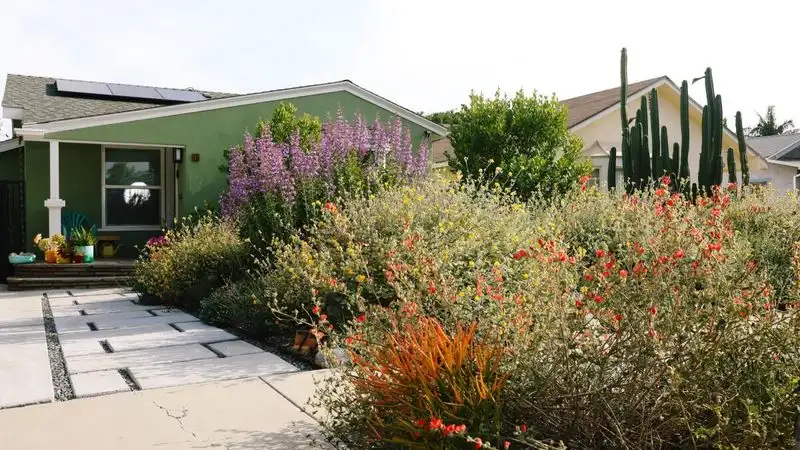
Mulching without considering native plants can upset the ecological balance. Native plants often have specific needs that generic mulching doesn’t address.
It’s like serving a dish without asking your guests’ dietary needs. Research and respect the unique requirements of native flora for a harmonious garden.
Using Colored Mulch
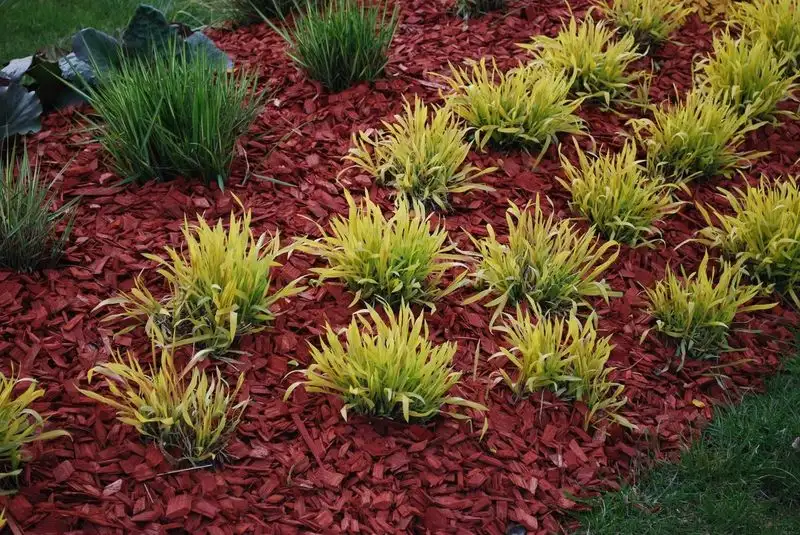
Colored mulches might add aesthetic appeal, but they often come with chemical baggage. Dyes and additives can leach into soil, affecting plant health.
Imagine a pretty face with a hidden toxic smile. Opt for natural alternatives to keep your garden healthy and vibrant without the hidden risks.
Overlooking Weed Barrier Needs
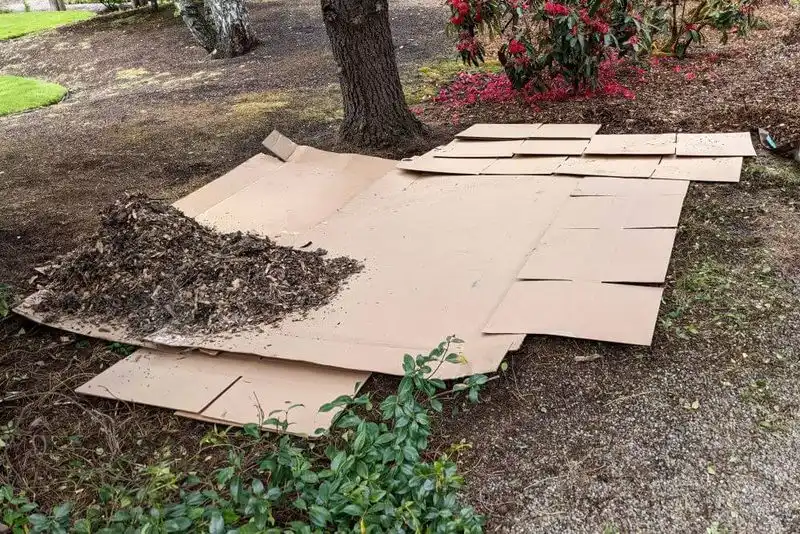
Mulch alone isn’t always enough to combat weeds. Overlooking the need for additional weed barriers can allow them to thrive despite mulching.
It’s like locking the door but leaving the window open. Combine mulch with weed fabric or organic barriers for robust protection against unwanted growth.
Failing to Replenish Mulch
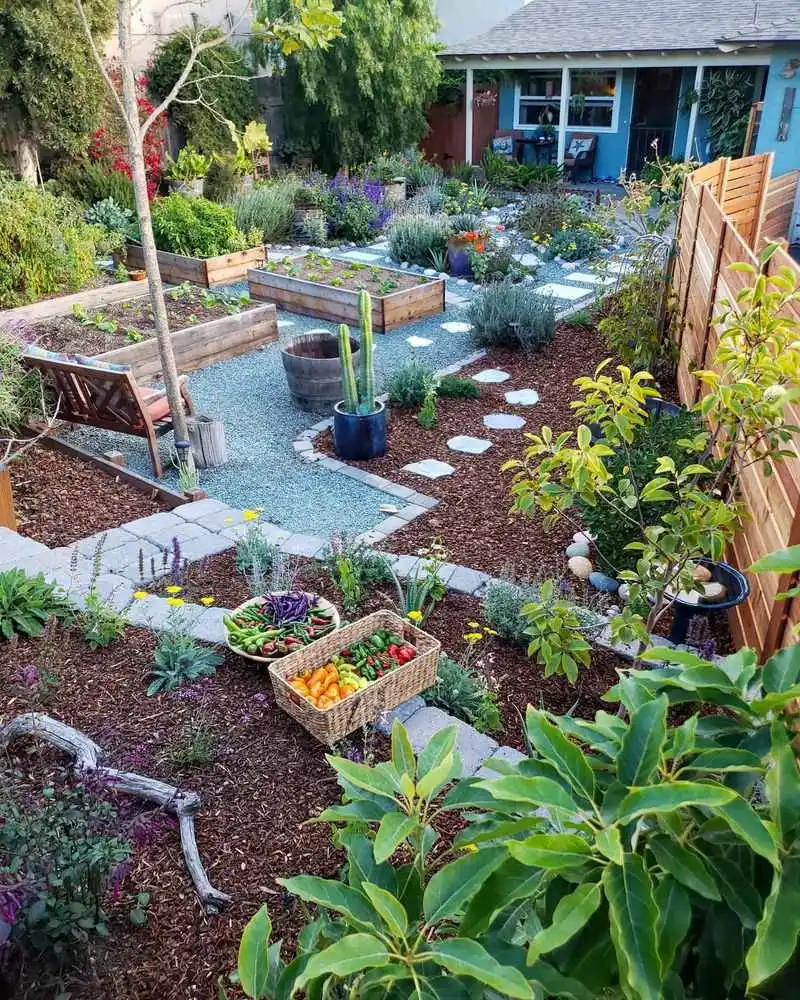
Old mulch loses effectiveness over time, breaking down and thinning out. Failing to replenish mulch can leave soil exposed and unprotected.
Think of it as a fading umbrella that no longer shields you from rain. Regularly top up mulch layers to maintain a vibrant, protective garden environment.
Inappropriate Mulch Material
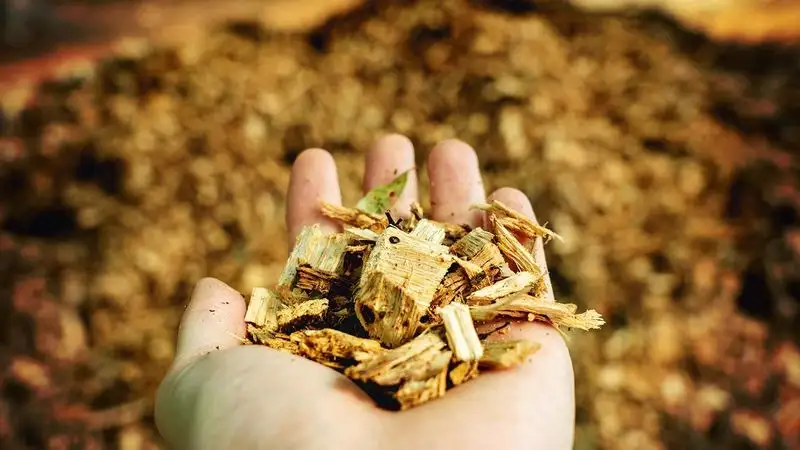
Choosing the wrong mulch material can be detrimental to your garden’s health. Materials like rubber or glass may seem innovative but can introduce toxic substances into the soil. These materials are not conducive to plant growth and can stunt or even poison delicate spring shoots.
Opt for organic materials such as shredded bark or straw that naturally decompose and enrich the soil. This supports the ecosystem by promoting beneficial soil organisms while providing necessary nutrients.
Avoid materials that are non-biodegradable and focus on those that integrate well with your garden’s natural processes.

